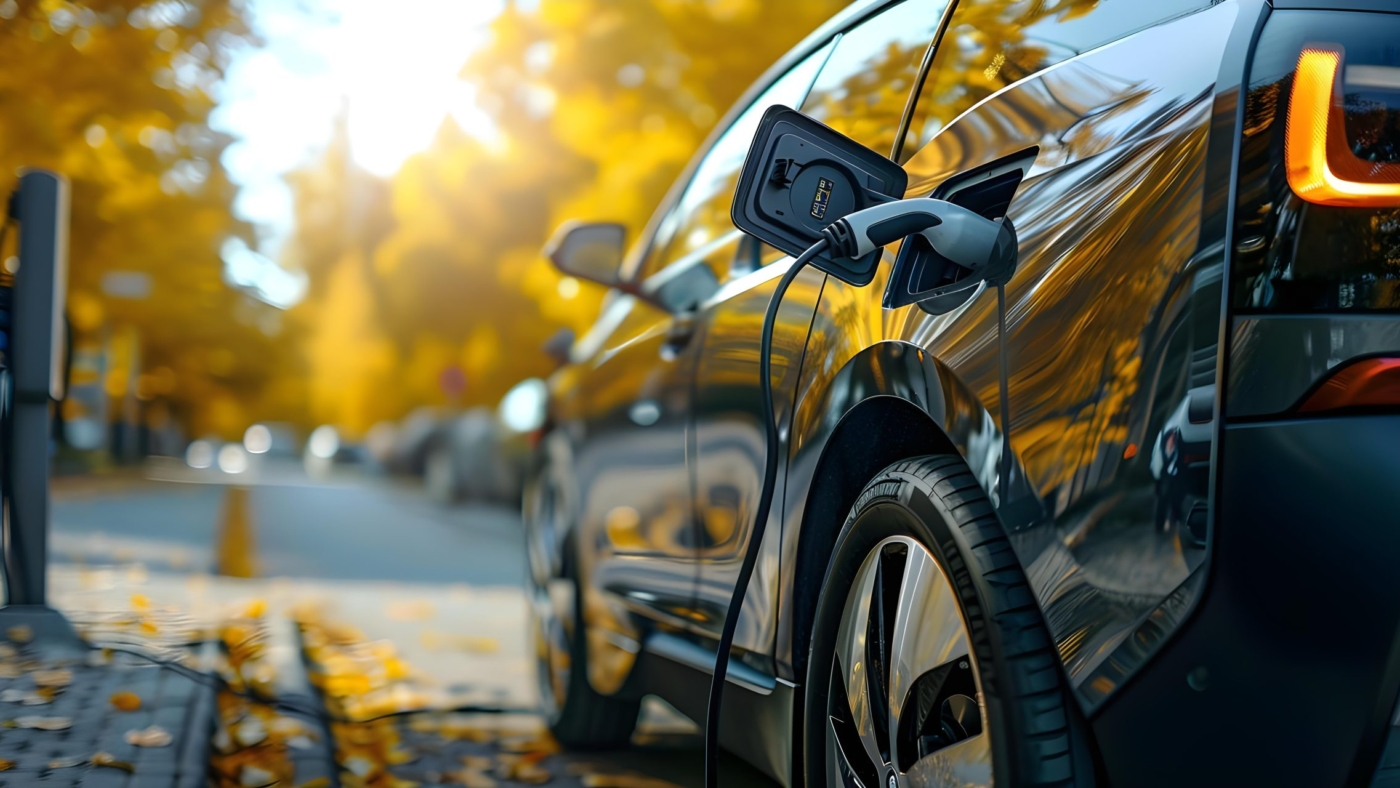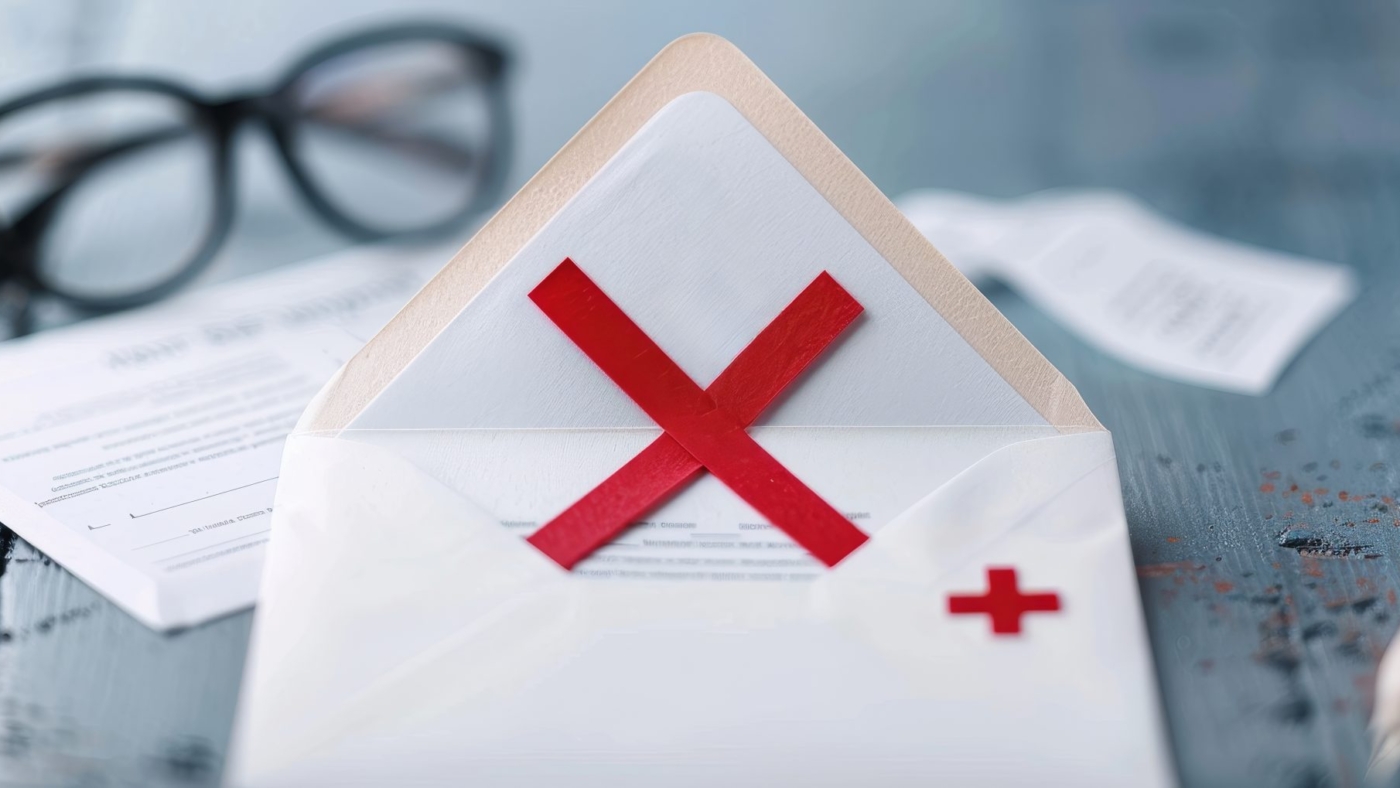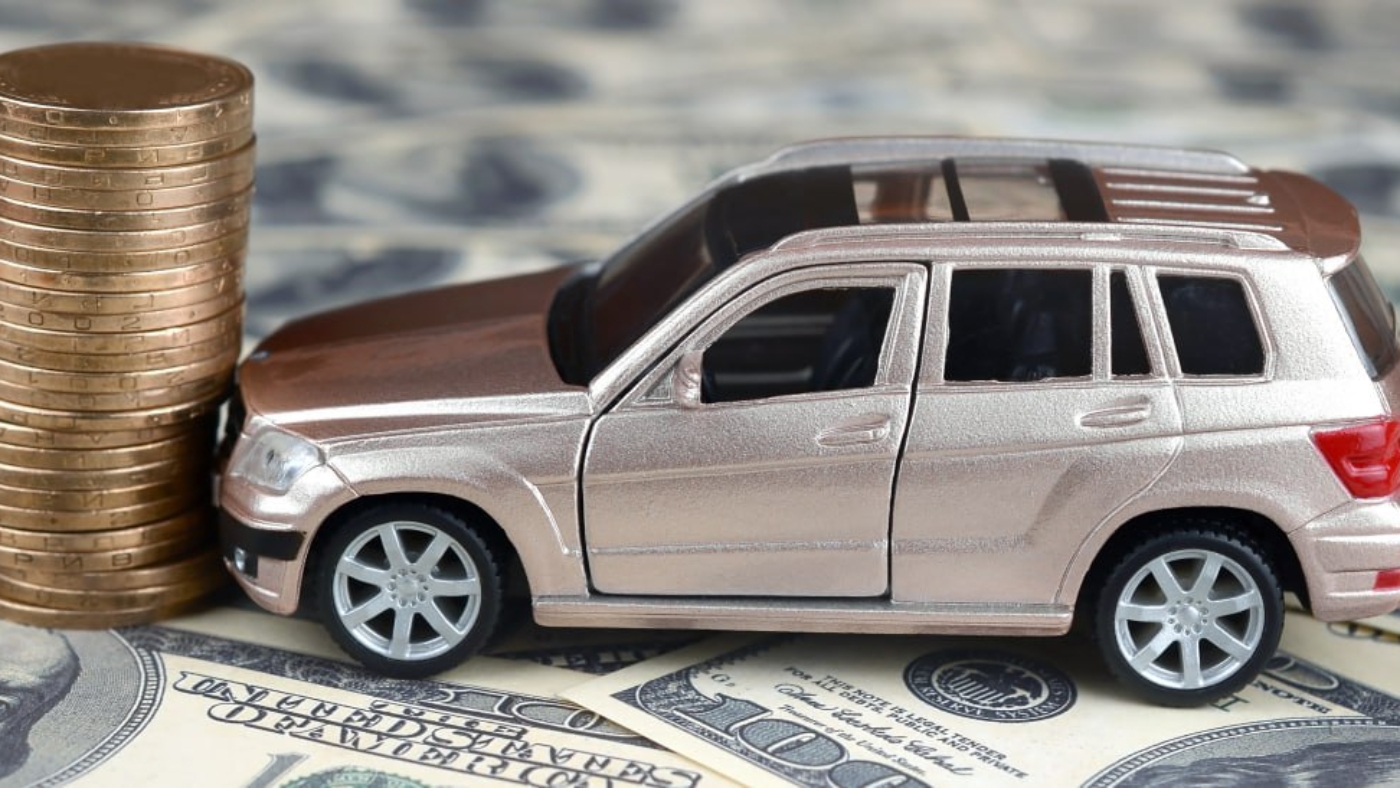Denied Auto Insurance? Here’s Why—and How to Get Covered
Getting denied auto insurance can feel frustrating and confusing. At Vargas & Vargas Insurance, we believe knowledge is power—understanding why coverage was denied is the first step to finding a solution. Let’s break down the most common reasons for auto insurance denials and explore ways to overcome them.
Common Reasons Auto Insurance Gets Denied
- Driving Record Issues
A history of accidents, traffic violations, or DUI convictions can mark you as a high-risk driver. Insurers may see this as too risky and decline coverage. - Lapsed Insurance Coverage
Gaps in your insurance history can make insurers hesitant. Continuous coverage demonstrates responsibility and lowers your risk profile. - Poor Credit History
Many insurers use credit-based insurance scores to assess risk. A low score can result in higher premiums—or even a denial of coverage. - Vehicle Usage
Using your car for business or commercial purposes without proper coverage can trigger a denial. Make sure your policy matches your actual vehicle use. - Vehicle Type
High-performance, luxury, or modified vehicles may be harder to insure due to higher repair costs and accident risk. - Age and Experience
Young or inexperienced drivers are statistically higher-risk. Insurers often charge higher premiums or may deny coverage until you gain more experience. - Location
Living in an area with high accident rates or vehicle theft can impact insurability. Insurers take geographic risk into account when issuing policies.
What to Do If Your Auto Insurance Is Denied
1. Review the Denial Reason
Understanding exactly why you were denied helps you address the issue directly.
2. Improve Your Risk Profile
Steps like completing a defensive driving course, maintaining continuous coverage, or improving your credit score can make you more insurable.
3. Consult an Independent Insurance Agent
At Vargas & Vargas Insurance, we work with multiple carriers to find coverage options tailored to your situation, even if some insurers say “no.”
4. Consider High-Risk Insurance
If standard carriers deny coverage, specialized high-risk auto insurance plans are available to provide the protection you need.
Bottom Line
Being denied auto insurance isn’t the end of the road. By understanding the reasons, improving your risk factors, and working with an experienced insurance agent, you can secure the coverage you need and get back on the road with confidence.









